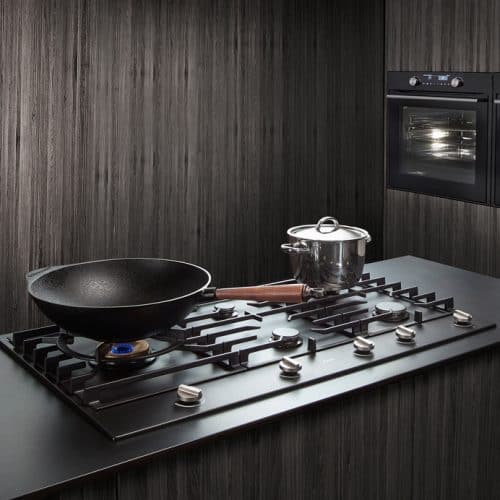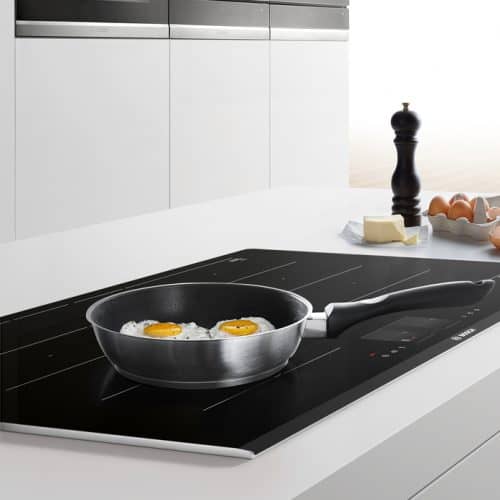Remodeling a kitchen can be exciting. But choosing the best appliances to fit into a renovated space can be daunting. For example, replacing a cooktop, there is a wide variety of options to choose from. Gas and ceramic cooktops are two of the most common types of cooktops in the market. So what are the differences between gas and ceramic cooktops? Worry not! We are here to help navigate this question.
Gas Cooktops – Instant Heat, Quick Temperature Variation, Versatile
First and foremost, gas cooktops are ideal for those who wish to cook with instant heat. Gas cooktops also give you more precise control over the temperature and height of the flame. Need to heat your water up quickly? Simply turn up the dial. Need to lower the temperature? All you need to do is turn down the dial. The temperature adjusts quickly without the need to wait. Another benefit is that you can use pretty much any type of pan on this type of cooktop – cast iron, steel, and even woks. Lastly, gas cooktops come in a variety of designs to fit almost every kitchen. Gas cooktops come in glass, enamel, and even stainless steel with enamel or cast iron trivets. Since these are so common, these tend to run on the cheaper side.
Although there are some significant pros to gas cooktops, it bears to keep in mind some of the cons as well. Gas cooktop trivets can be notoriously bulky and difficult to clean. Additionally, certain finishes like metal or glass may require more effort to clean, especially if when navigating the trivets. You also should check to ensure gas is hooked up to your home in case you need to buy bottled LPG instead.
Ceramic Cooktops – Aesthetically Pleasing, Easy to Clean
Ceramic cooktops have a lot going for them. They are very stylish and extremely easy to clean due to the continuous surface area. There are no tricky trivets to clean! This is one benefit over a traditional gas cooktop. In terms of aesthetics, ceramic cooktops come in either square or rectangular design. Ceramic cooktops are also great for cooking food at a low, steady temperature – such as if melting chocolate or trying to keep something warm on the burners.
Ceramic cooktops tend to heat more slowly than their gas counterparts, however. As a result, temperature changes occur much more slowly and with less precision. Since ceramic is slow to heat up, it is also slow to cool down. Care should be taken around these cooktops after cooking because one runs a risk of burning his- or herself if the cooktop has not cooled down. Finally, food can become caked on, so it’s important to clean up spills promptly after they occur.
What About Efficiency?
In terms of efficiency, research indicates that there is no huge difference between gas and ceramic cooktops. Cooktops do not use a large amount of energy in general. Gas tends to be cheaper, but largely the choice between gas and ceramic cooktops comes down to personal preference.
In general, although there are a few differences between gas and ceramic cooktops, you really cannot go wrong with purchasing either one of them. What you choose ultimately comes down to how you want to cook – do you want to cook quickly? Or do you prefer to cook a little more slowly? Do you prefer an easy cleanup job? Or are you okay with cleaning trivets?
And when you are ready to look for a new cooktop, make sure to come visit Brisbane Appliance Sales! We will be happy to help you find the cooktop that suits your style!


